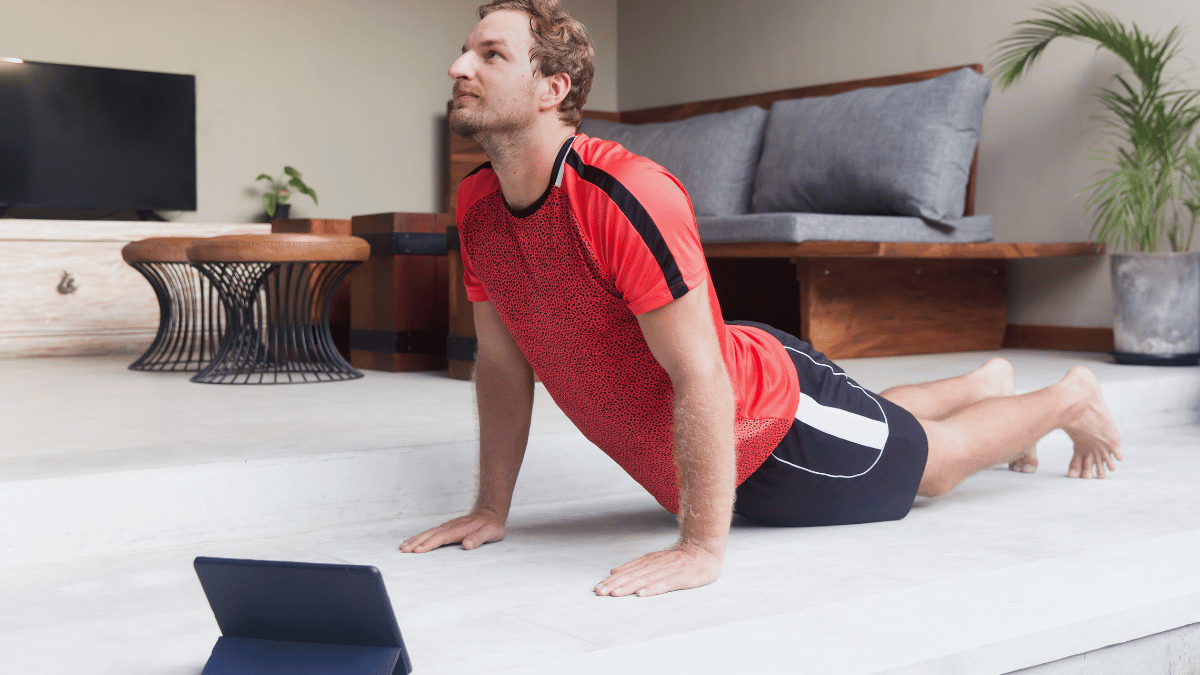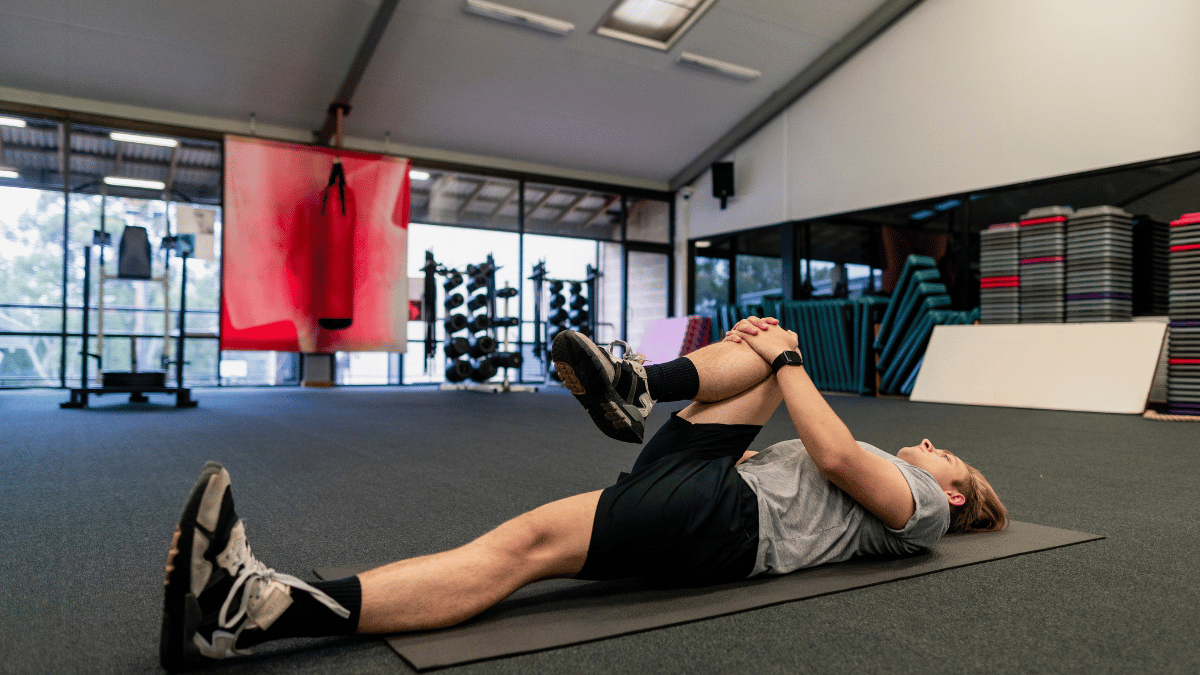How to Improve Posture Through Mobility and Strength Work
If you’ve ever caught yourself slouching at your desk or feeling tight after a long day, you’re not alone. Poor posture is one of the most common issues in modern life, and it affects far more than how you look in a mirror. It can lead to back pain, neck strain, reduced energy, and even decreased athletic performance.
The good news? Posture can be fixed and the most effective approach isn’t just standing up straighter, but combining posture training with targeted mobility and strength work. In fact, improving posture often goes hand-in-hand with balancing fitness and work life, since many posture issues are rooted in long hours of sitting and limited daily movement.
In this guide, we’ll break down why posture matters, the role of mobility and strength, and the best posture improvement exercises you can start today.
Meet our Denver
Personal Trainers
Also Read:
Why Good Posture Matters for Health and Performance
Posture is the foundation of every movement you make. When your spine, shoulders, and hips are in proper alignment:
You reduce pain and discomfort – Less strain on muscles and joints means fewer tension headaches, less back pain, and better joint health.
You breathe better – Upright posture opens the chest and improves lung capacity.
You move more efficiently – Proper alignment allows muscles to work in harmony, reducing fatigue
You project confidence – Standing tall communicates presence, both personally and professionally.
Good posture isn’t just about looking confident it’s about giving your body the best chance to perform at its highest level every day.
“Improving posture isn’t about forcing yourself into position, it’s about giving your body the mobility and strength it needs to align naturally ”
Common Causes of Poor Posture
It’s not just bad habits there are often multiple reasons posture declines:
Sedentary lifestyle – Long hours sitting at a desk or in a car encourage forward rounding of the shoulders and spine.
Muscle imbalances – Overworked chest muscles + underactive back muscles = classic slouch.
Poor movement habits – Constantly looking down at phones (“tech neck”) or hunching forward while working.
Old injuries – Pain or compensation patterns from past injuries can throw off alignment.
Recognizing what’s behind your posture challenges is the first step in creating an effective plan.
The Role of Mobility in Posture Training
Think of mobility as your body’s ability to move freely through its full range of motion. Without it, even the strongest muscles can’t hold good posture for long.
Key mobility areas for posture training include:
Thoracic spine – The mid-back needs to extend and rotate properly.
Shoulders – Tight chest and limited shoulder mobility pull you forward.
Hips – Tight hip flexors can tilt the pelvis forward, stressing the lower back.
Ankles – Limited ankle movement can throw off standing and walking posture
Mobility work creates the space for your body to align correctly before you build strength to hold it there.
The Role of Strength in Posture Training
Mobility opens the door; strength keeps it open. Without muscle support, your body will naturally revert to poor positions. Strength training for posture focuses on:
Core stability – A strong core supports the spine from all angles.
Upper back and rear shoulder strength – These muscles pull the shoulders back and open the chest.
Glute activation – Strong glutes stabilize the pelvis and reduce strain on the lower back.
Posterior chain power – Hamstrings, glutes, and back muscles help you stand tall and move efficiently.
By pairing mobility with strength, posture training becomes a complete, long-term solution.
Best Posture Improvement Exercises for Mobility
If mobility is limited, start here before heavy strength work. These posture improvement exercises help open tight areas and restore proper alignment.
Cat-Cow Stretch – Improves spinal flexibility and awareness.
Thoracic Spine Rotations – Restores rotation in the mid-back for better movement.
Chest Opener Stretch – Releases tight pecs and front shoulders.
Hip Flexor Stretch – Reduces pelvic tilt and lower back strain.
Ankle Dorsiflexion Stretch – Improves standing and walking posture.
Perform these as part of your warm-up or cool-down to keep joints healthy and mobile.
Best Posture Improvement Exercises for Strength
Once mobility improves, it’s time to reinforce it with strength work:
Hip Hinge or Deadlift Variations – Strengthens the posterior chain for upright posture.
Rows (Barbell, Dumbbell, or Cable) – Builds mid-back strength to counteract forward rounding.
Planks and Side Planks – Stabilizes the core to support spinal alignment.
Face Pulls or Band Pull-Aparts – Activates rear delts and upper back muscles.
Glute Bridges or Hip Thrusts – Strengthens glutes to stabilize the pelvis.
Aim for 2–3 sessions per week of focused strength work for long-term results.
How to Combine Mobility and Strength for Better Posture
The most effective posture training blends mobility and strength in the same session:
Sample Posture Training Session:
Mobility Warm-Up – 5–10 minutes of thoracic rotations, chest openers, and hip stretches.
Strength Circuit – Rows, planks, glute bridges, and face pulls.
Cool-Down Stretching – Target chest, hips, and spine for 5 minutes post-workout.
Consistency is key. Doing a little bit of both regularly will yield better results than doing one intensely and ignoring the other.
Tips for Maintaining Good Posture Outside the Gym
Posture isn’t just made during workouts—it’s reinforced by daily habits:
Set up an ergonomic workspace – Monitor at eye level, feet flat, shoulders relaxed.
Take movement breaks – Stand, stretch, and walk every 30–60 minutes.
Use posture cues – Imagine a string pulling your head up toward the ceiling.
Sleep smart – Use a pillow that supports your neck and keeps your spine aligned.
Good posture is a 24/7 practice, not just a workout goal.
When to Seek Professional Help
If pain or discomfort persists despite consistent posture training, it’s worth seeking professional guidance. A personal trainer, physical therapist, or chiropractor can:
Assess your specific posture patterns.
Customize posture improvement exercises for your needs.
Provide hands-on corrections and progressions.
This extra level of customization can save you time and prevent injury.
Final Thoughts on Posture Training
Improving your posture isn’t about holding a stiff, rigid position it’s about creating balance between mobility and strength so your body naturally aligns itself.
By regularly incorporating both mobility work and strength training, you’ll not only improve your posture but also reduce pain, move more freely, and boost your overall performance.
If you’re ready to take your training and your daily alignment to the next level, check out our guide on balancing fitness and work life for more tips on building healthy habits that last.
FGF’s Client
Success Stories
FAQ
1. What is posture training?
Posture training focuses on improving body alignment through exercises, stretches, and awareness techniques. It often combines mobility work to increase flexibility and strength training to support better positioning.
2. How does mobility work help posture?
Mobility exercises improve your joint range of motion, making it easier to maintain proper alignment during daily activities and workouts.
3. Can strength training fix posture?
Yes. Strengthening key muscles like your back, core, and glutes helps support proper posture and prevents slouching or rounded shoulders.
4. How long does it take to see posture improvement?
You can see small improvements within weeks, but lasting posture changes often take several months of consistent mobility and strength work.
5. What are some easy posture improvement exercises?
Wall angels, cat-cow stretches, planks, and resistance band pull-aparts are great beginner-friendly exercises to start improving your posture.
Nicholas Butler
Founder, Fight Gravity Fitness
Nick Butler is a passionate fitness professional who believes that better movement leads to a better life. As the founder of Fight Gravity Fitness, he specializes in helping busy professionals build strength, restore mobility, and enjoy an active, pain-free lifestyle. Nick holds certifications as a NASM Certified Personal Trainer, TRX Certified Instructor, Silver Sneakers Certified, and is CPR Certified. With years of experience and a focus on functional movement, Nick brings a supportive, practical approach to fitness that gets results without the hype.







